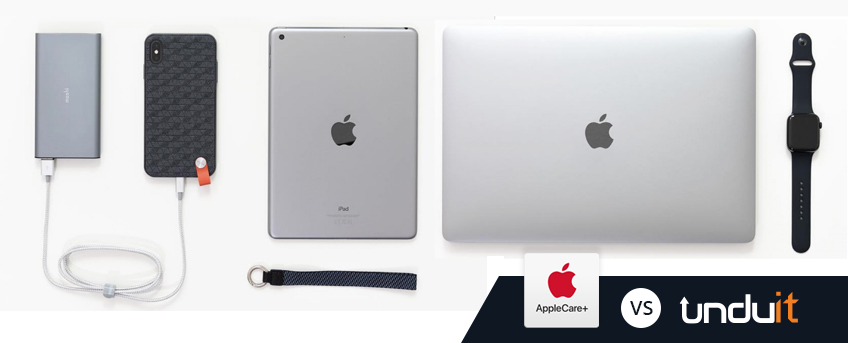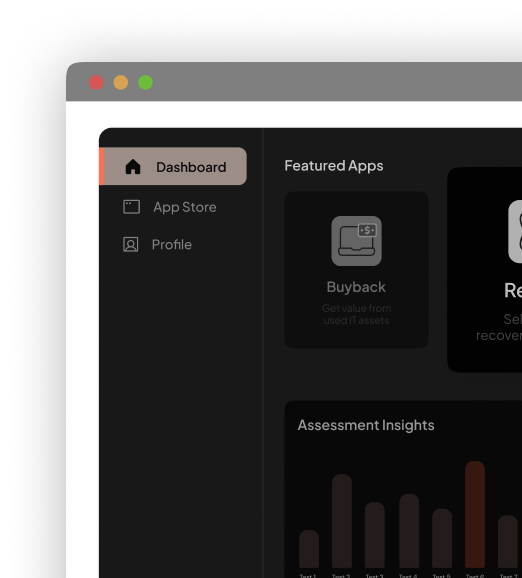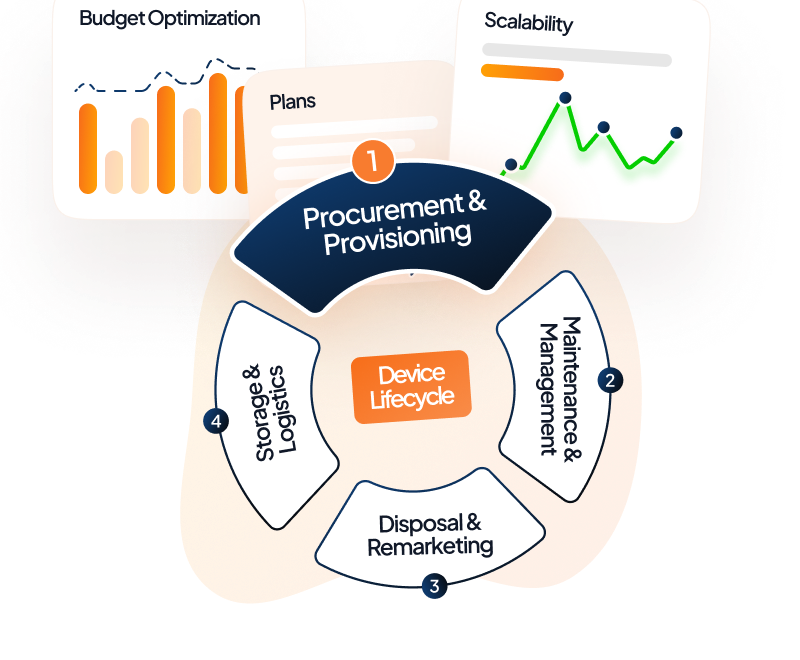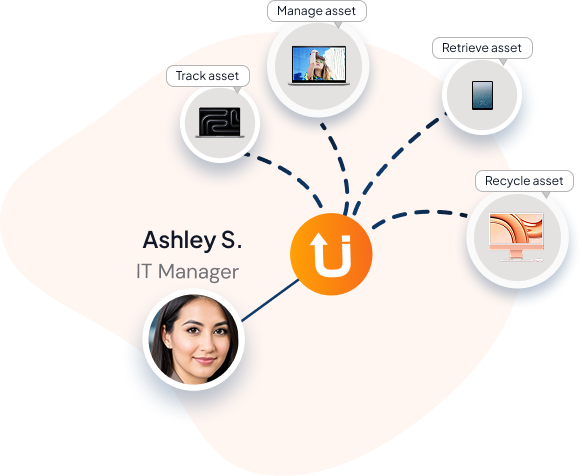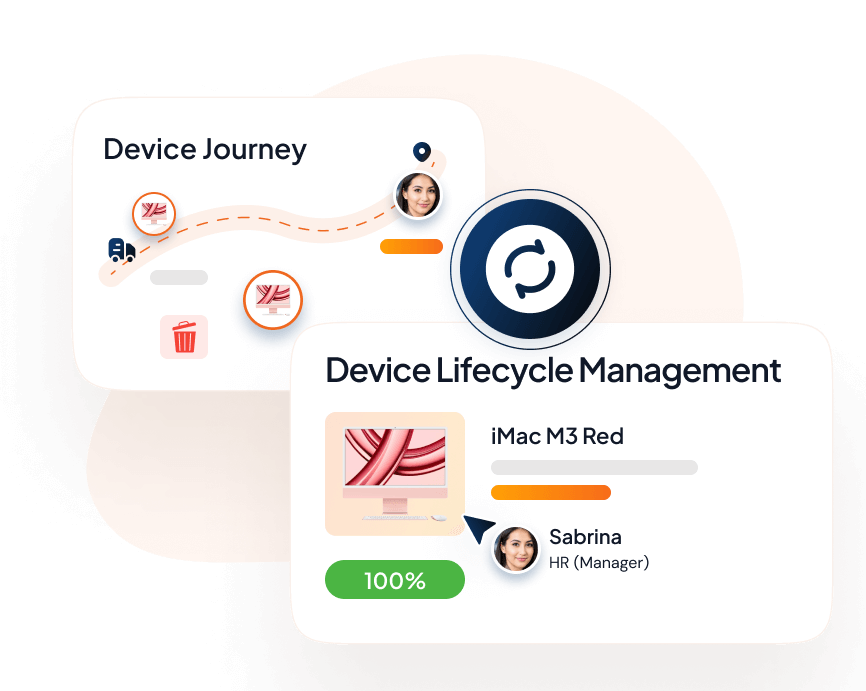Organizations with thousands or tens of thousands of iPhones and iPads need to keep these devices working as mobility has become a driving force behind productivity. When these tools break, non-asset related costs begin to pile up. Consider the impact on the employee who relies on the device, helpdesk personnel who must address the issue, and Procurement and AP departments who are required to process paperwork and payment. While the premise of AppleCare+ insurance is, on the surface, a sound and logical choice, it can represent the largest financial and operational efficiency leaks in your organization’s mobility strategy.
What is the actual cost of AppleCare+? The upfront cost varies from $49 to $199 depending upon the type of device, and the per-incident ‘deductible’ costs vary from $29 to $99 by the type of damage. For an easy example, let’s use the iPhone XR, $149 upfront cost for AppleCare+, then $29 per incident of screen damage. Now, consider a fleet of 10,000 devices that experience 10% breakage each year. With our assumptions set, we can do the math:
Upfront cost: $149 x 10,000 devices = $1,490,000
Repairs over two years: $29 x 10,000 devices x 20% = $58,000
Total Spend: $1,548,000
That is a significant spend. Why do organizations do it? AppleCare+ provides multiple methods to report and submit broken devices and receive a refurbished device in its place. Apple is a trusted brand that can minimize concerns around data security, and service is expected to be consistent nationally. It just makes sense as no alternative can tick the boxes. Further, employees cannot be allowed to take their devices just anywhere as costs, security, reliability are all over the map.
Unduit Wireless is a reliable alternative to AppleCare+ on several fronts. By way of the multi-admin Cloud-Based Platform, repair orders can be made by Support Staff to recover and repair devices from any employee anywhere in the country in under 60 seconds. The program supports overnight loaner or hot spare replacement devices. A fully documented and auditable chain of custody and data sanitization certificates ensure security compliance. Moreover, all information about all lifecycle actions on every impacted device is readily available from one interface.
The “single pane of glass” for all repairs across an unlimited number of locations and some impressive staff efficiency benefits are only part of it. The other part is the cost. No upfront or subscription cost to implement the Platform. The estimated cost of repairs, over two years comes in at a fraction of your AppleCare+ spend, even if we use a high average repair cost estimation:
Repairs over two years with Unduit Wireless: $300 x 10,000 devices x 20% = $500,000, less than 1/3 of the $1,548,000 cost with AppleCare+.
AppleCare+, for a single user and device, is a good value. However, when applying the model to an Enterprise fleet of devices, the costs of AppleCare+ are extraordinary and unnecessary. Unduit Wireless exceeds operational, efficiency, and security goals of any organization for 60% less than the cost of AppleCare+. And if you have already taken the AppleCare+ plunge, know that Apple will refund your pre-paid premium on a pro-rated basis.
